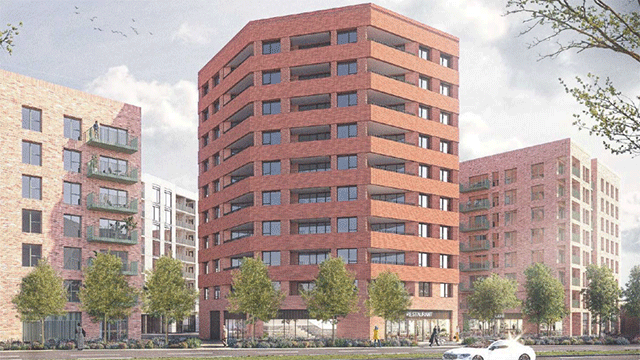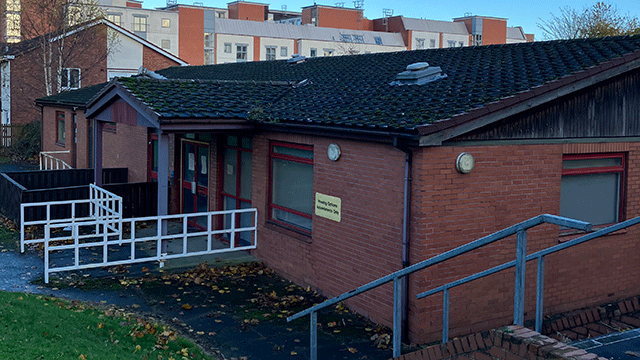Prime minister Boris Johnson has heralded the planning white paper as a “radical reform unlike anything we have seen since the Second World War”.
Johnson says the current system is broken and has blamed the system for the lack of homes where they are needed.
Instead, the government has promised a simple, fast process to deliver “beautiful” developments and transparency on infrastructure contributions and ownership and launched a 12-week consultation over proposals including zoning, a new consolidated levy and affordable home ownership under First Homes.
But what does the white paper really tell us? EG dug through the fine print of more than 100 pages of consultation documents to pull out the parts you may have missed.
1. No application for up to 150 homes
Ahead of the wider zoning fast-tracking for major developments, shorter-term measures seek to allow permission in principle to replace detailed plans for schemes of up to 150 homes, with no limit on the commercial space. The government has launched an eight-week consultation on the measures, which would remain in place for at least 18 months.
2. Tight deadlines to revise local plans
Those shorter-term measures include a speedier update to the method for identifying housing need. Following revised guidance, those councils at second stage of the strategic plan consultation (public consultation under Regulation 19 ahead of draft plan) will have six months to submit to the Planning Inspectorate, councils close to publishing will have three months to republish and six months to submit.
3. 50-page limit on a planning application
New local plans should be around two-thirds the size of current plans and planning application statements for major schemes should be less than 50 pages. The latter should be submitted alongside drawings and plans, and justify the proposals in relation to the local plan.
4. Delays for zero-carbon homes
The goal for reduced carbon homes was by 2025, with an original expectation that 80% of new homes would meet the Future Homes Standard. The white paper proposes 75%-80% of new homes will meet the standard “from 2025”, with a zero-carbon future beyond that date.
5. First Homes trumps shared ownership
The government’s new affordable First Homes tenure is expected to trump the old shared ownership tenure. The tenure of homes at 30% discount to market sale prices for first-time buyers should make up 25% of affordable housing contributions. This will either replace shared ownership or require developers and local authorities to negotiate the remaining 75%.
6. “At least” the same levels of affordable housing
The new levy-backed affordable housing system would aim to deliver “at least as much as” the same levels, adding “if not more”. The white paper later specifies: “We will ensure that affordable housing provision supported through developer contributions is kept at least at current levels”. It aims “to be more ambitious” but includes no commitment to increase the levels.
7. Levy paid on occupation
The new levy will be a fixed proportion of the development value above a threshold, paid to the local authority following completion of a development, at the point occupation. The levy will make up the difference between the sale price (to a registered provider) and the market value, and local authorities could also borrow against the levy and use other sources of funding to build more affordable homes.
8. Affordable homes flipped back in a crash
The government accepts that this scenario transfers risk to the local authority. In the case of a market fall, it said it could allow affordable housing to be flipped to market units, which a developer could sell if the levy payments fail to cover the costs of affordable housing. However, first homes will be sold by the developer, not the local authority.
9. PDR to pay levy
To date, permitted development has been exempt from section 106 or community infrastructure levy developer contributions. The new system seeks to adapt PDR change of use applications, which will be liable for the new levy, even if the conversion results in no increase in floorspace. It will likely include office-to-resi conversions and the newer PDR to demolish and rebuild vacant commercial buildings.
10. Developers pay for reform
Developers and landowners will take on a greater share of planning funding. The white paper says the cost of the new planning system will be funded by “the beneficiaries of planning gain”, which would include picking up the bill for new local plan provisions. Meanwhile, the Planning Inspectorate will become self-financing through new charges linked to performance targets.
11. Levy could cover council tax
The government has suggested greater flexibility around how developer contributions are spent once core obligations are met. After meeting requirements for local infrastructure, this could see funds directed to improving council services and reducing council tax. However, it said affordable housing contributions should be ring-fenced.
12. Increased fines and sanctions
Local authorities are expected to be gifted greater enforcement powers for developers that bypass the new rules. Proposals suggest higher fines, greater support for enforcement activity and repercussions when flood risk advice is ignored. With local authorities freed up from day-to-day planning requirements, they will instead be expected to redirect attention to enforcing these rules.
To send feedback, e-mail emma.rosser@egi.co.uk or tweet @EmmaARosser or @estatesgazette











